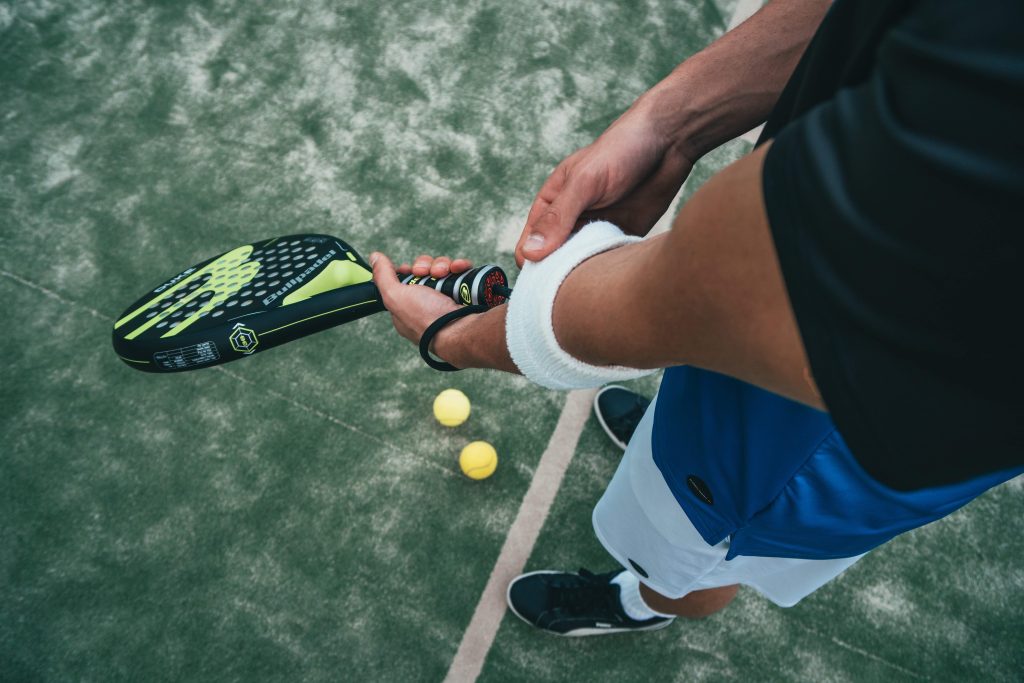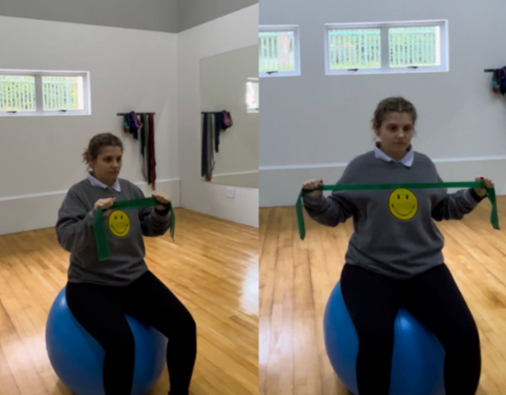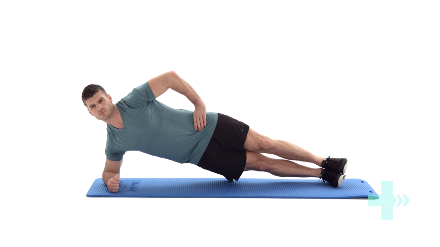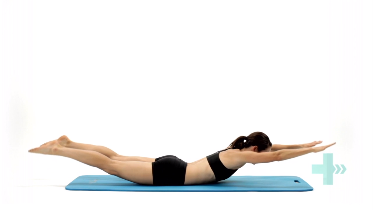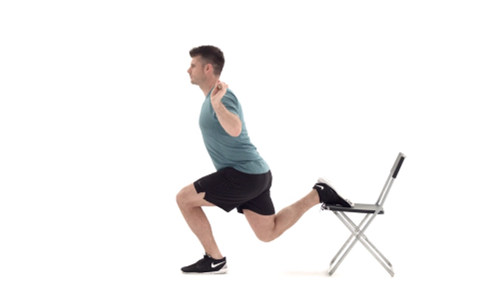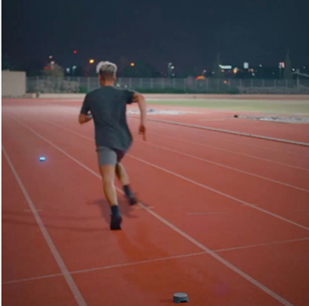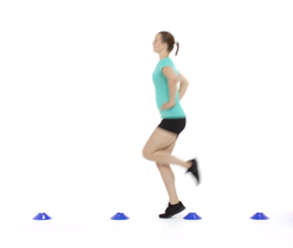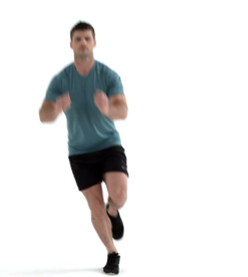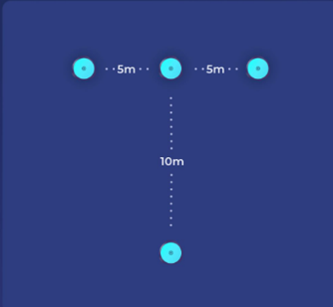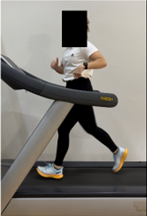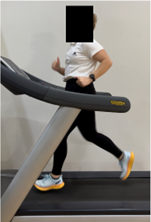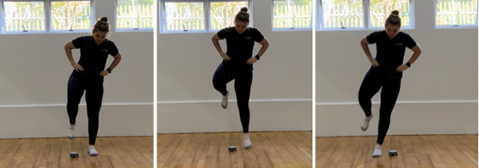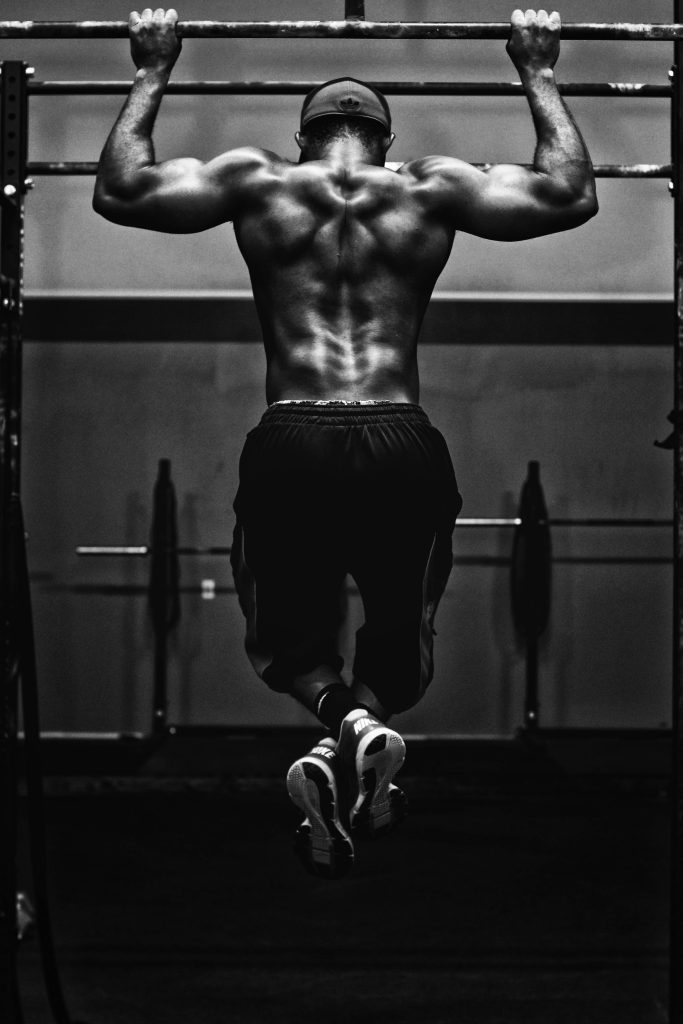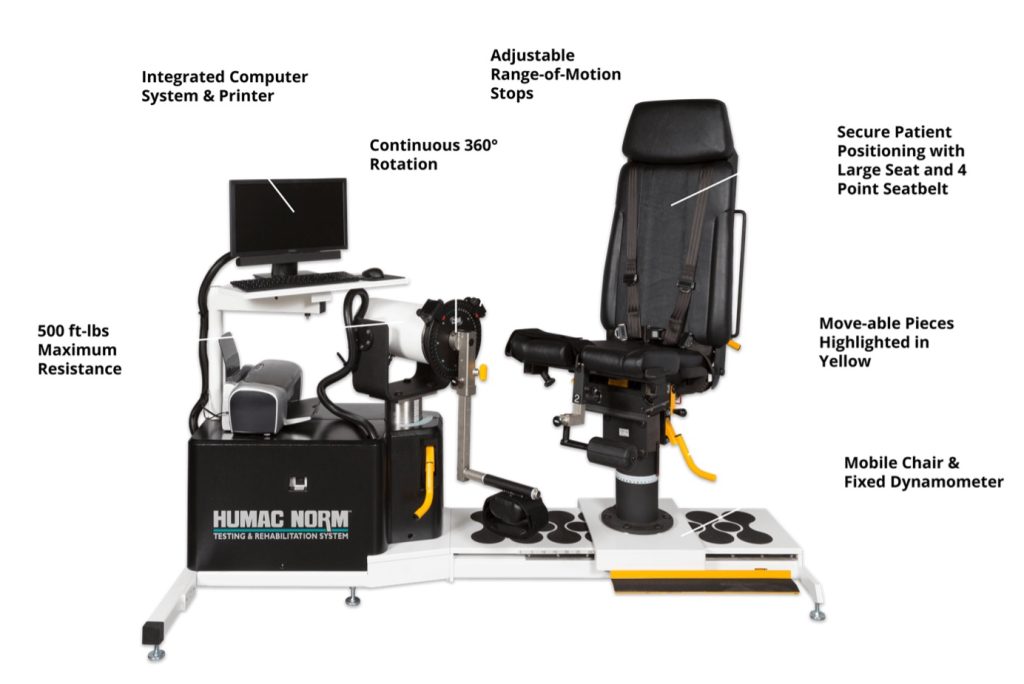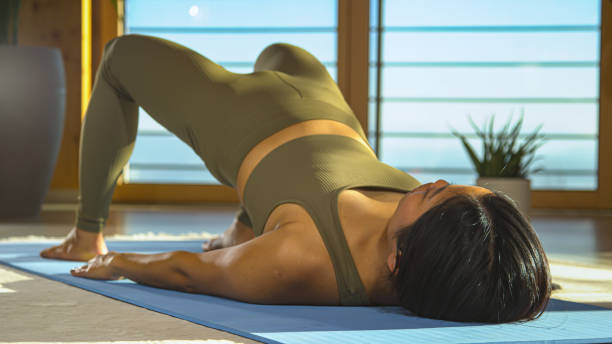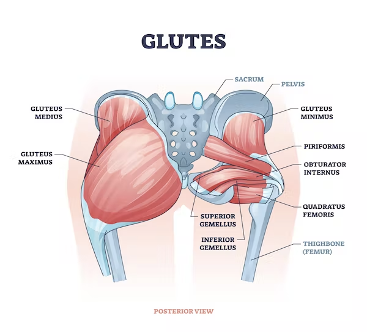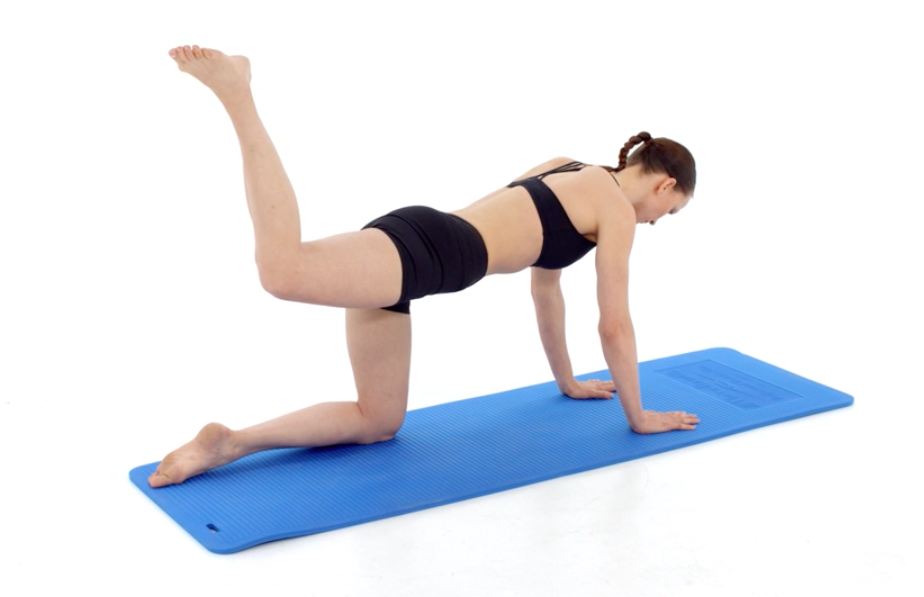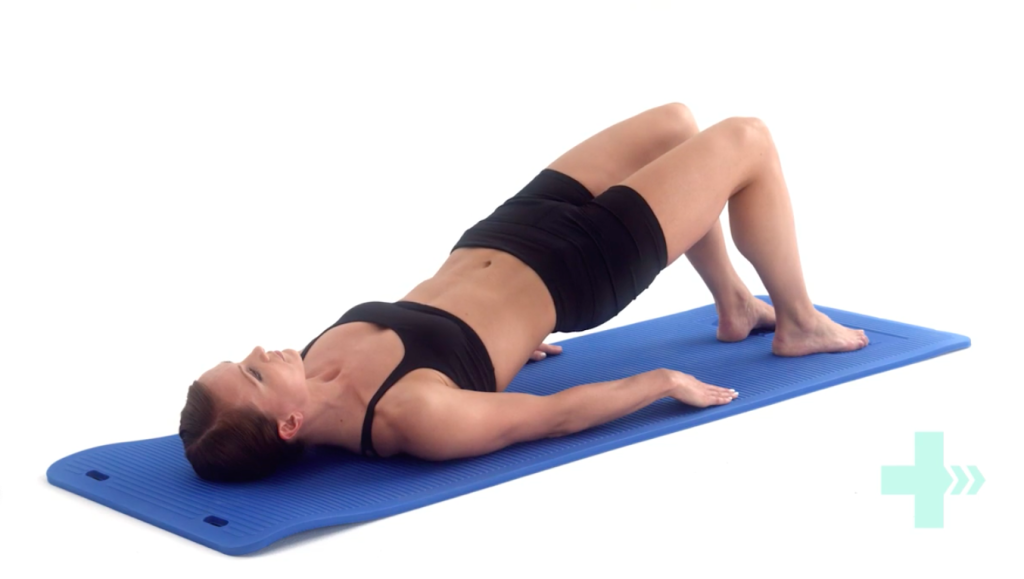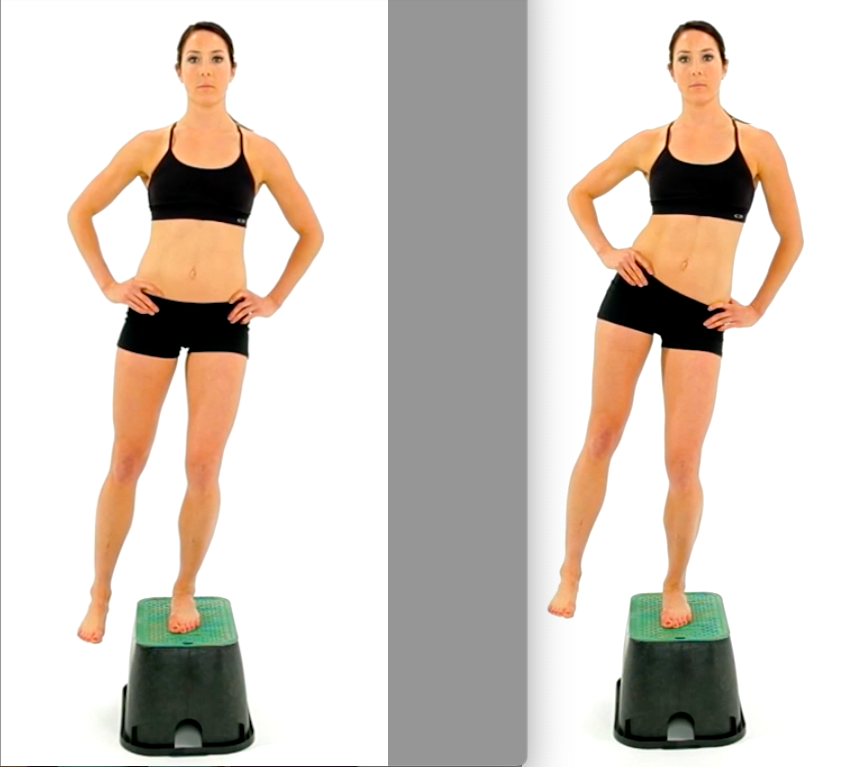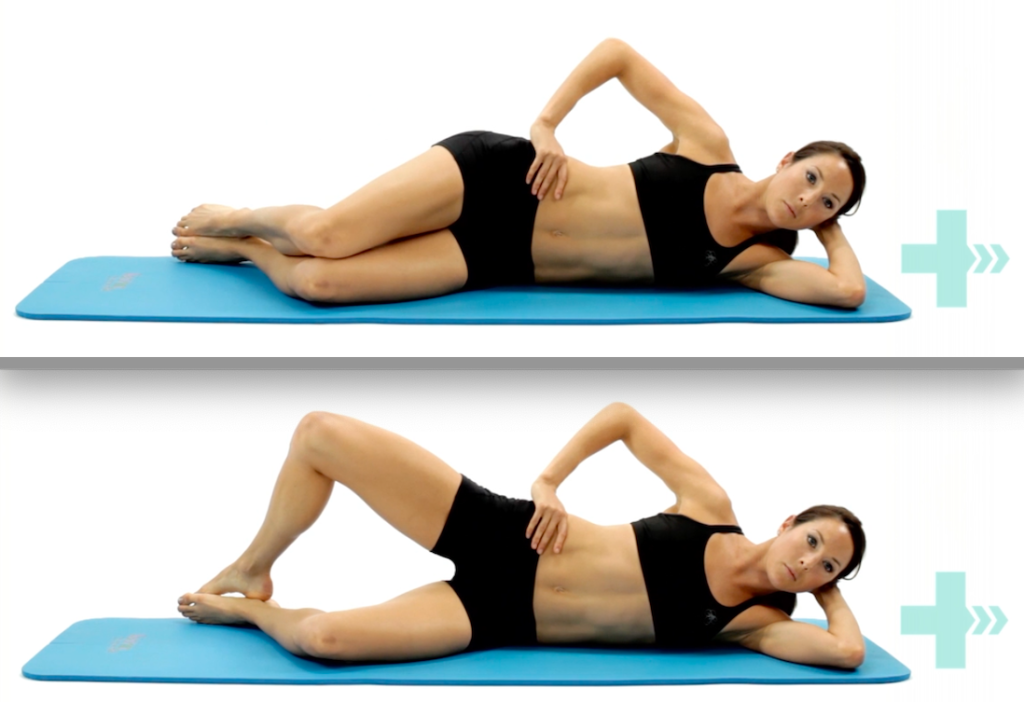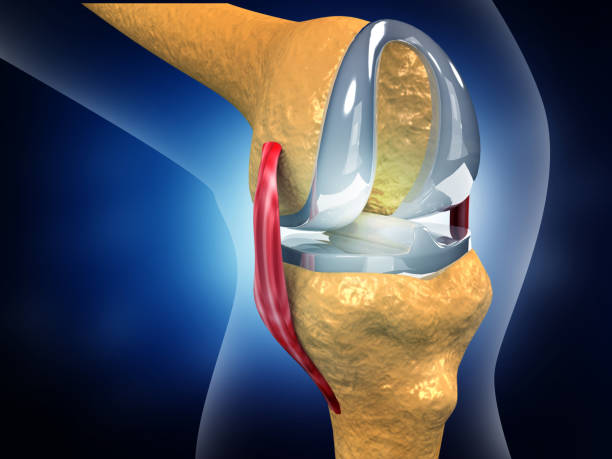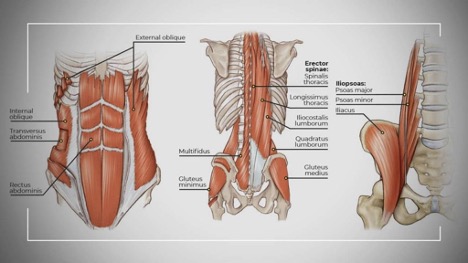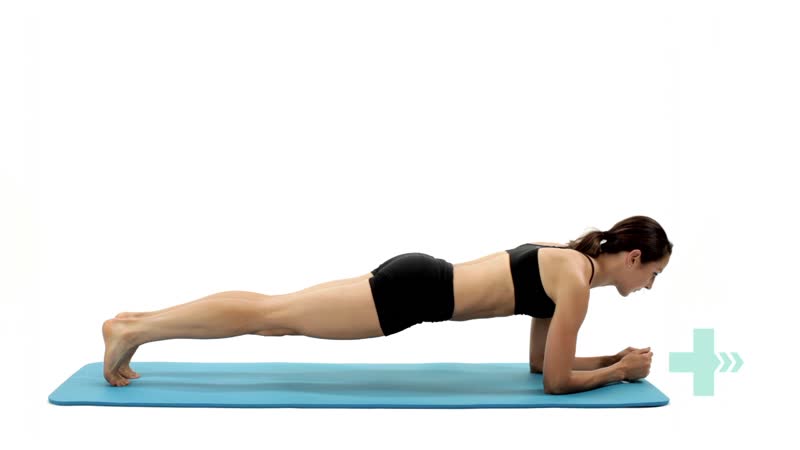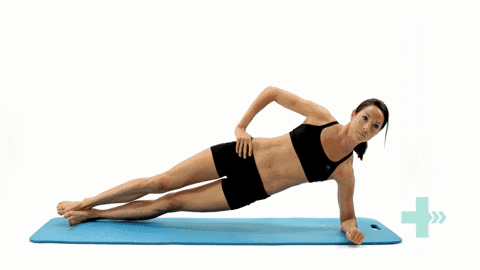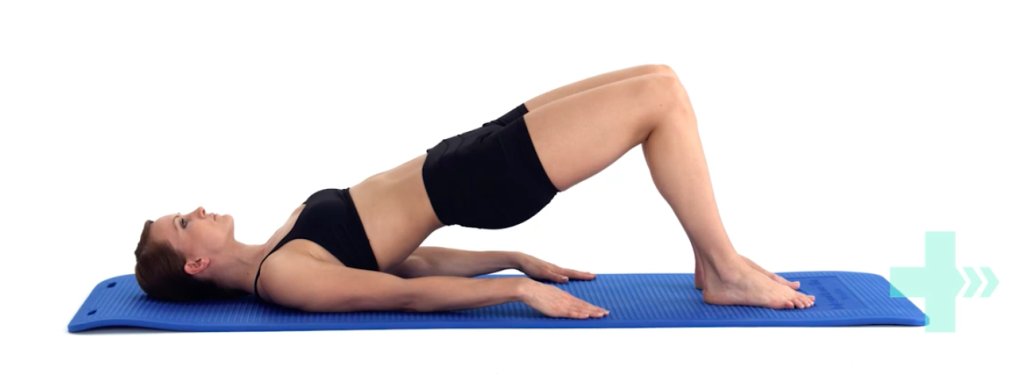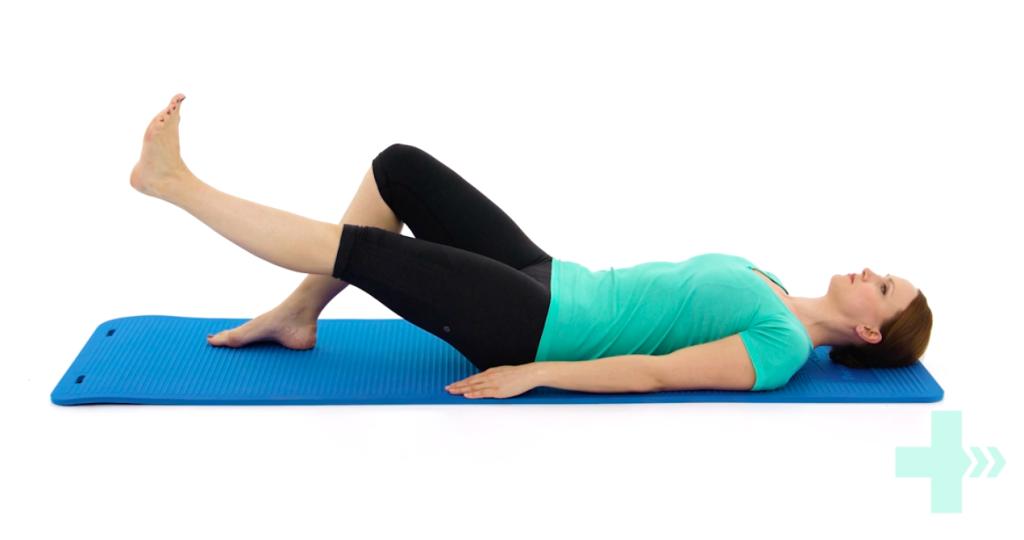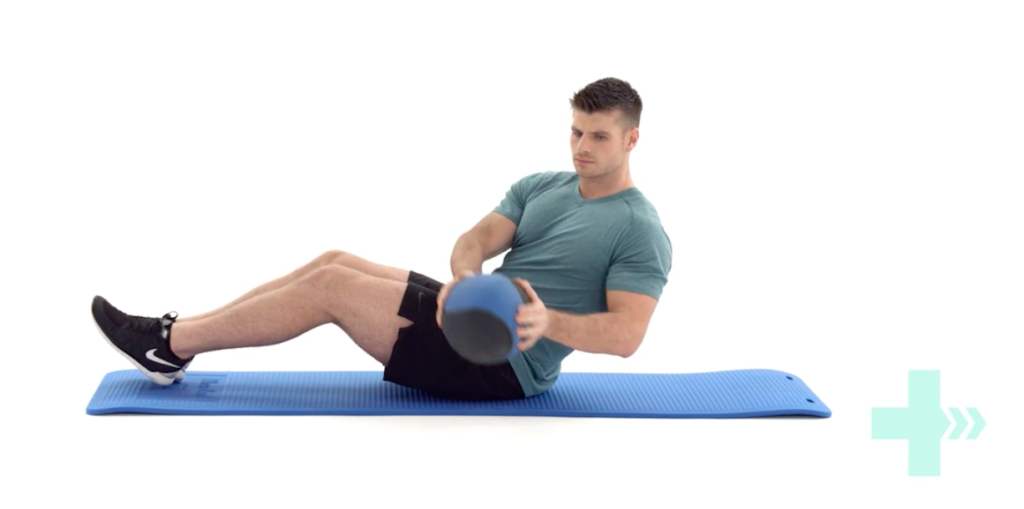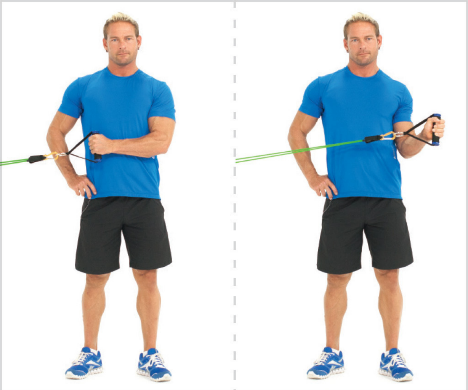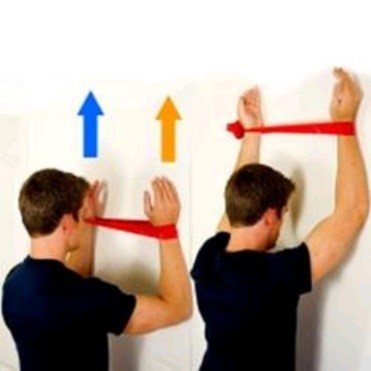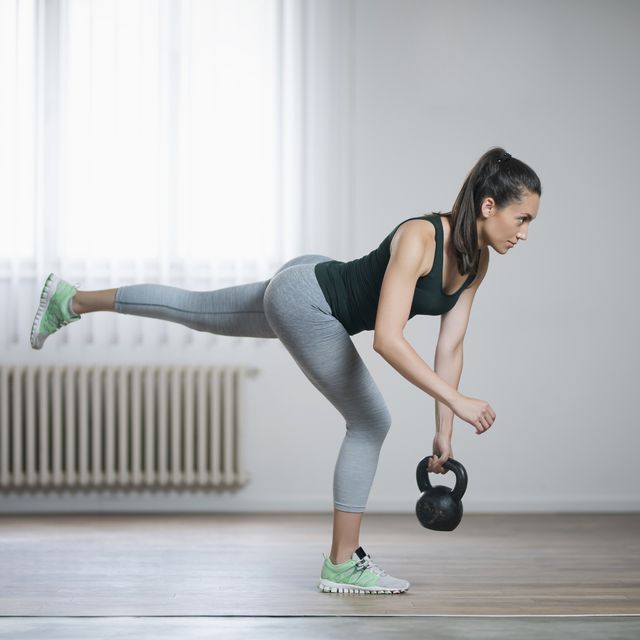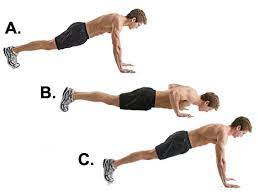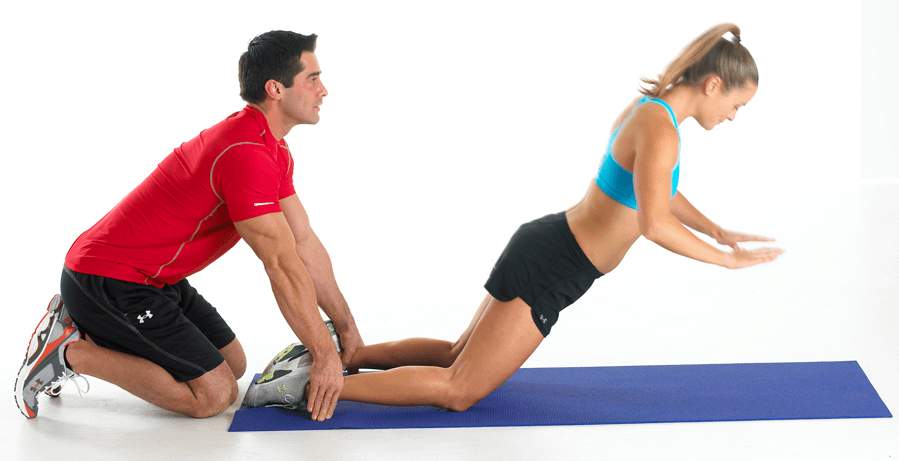Using Resistance Training As A Tool For Controlling Diabetes
Posted on August 25th, 2023 by Andries Lodder
By Gcina Gumede
Resistance training is a type of exercise that has been shown to have many health benefits, including improving glycemic control (blood sugar levels) in individuals with diabetes and as well as decreasing the risk of developing cardio-metabolic diseases. Combined with aerobic exercise, resistance training is a powerful tool to help control diabetes..
Glycemic control refers to the regulation of blood glucose levels in the body. In
individuals with diabetes, this regulation can be disrupted, leading to high blood glucose
levels and a range of complications. Resistance training can help to improve glycemic control
through several mechanisms and, therefore, help you better manage your diabetes leading to a
better quality of life and decrease the reliance of exogenous insulin (especially in type II
diabetes).
Unmanaged diabetes can lead to several health complication:
Retinopathy
A high blood sugar content can damage the blood vessels in your eyes which can damage the
retina which can eventually lead to blindness.
Nerve damage
Your peripheral nerves are at the highest risk of damage which can lead to foot ulcers.
Nerve cells in your brain are also prone to damage which can lead to decreased cognitive
abilities.
Blood Pressure (heart problems)
The increased blood sugar in your bloodstream can increase the amount of fluid in your blood
vessels which can lead to high blood pressure.
See our Instagram reel on blood pressure
Nephropathy
Unmanaged blood sugar levels can put your kidneys under pressure leading to damage of the
nephrons. This will compromise the body’s ability to regulate blood pressure.
HOW DOES EXERCISE HELP IN CONTROLLING DIABETES?
One way resistance training improves glycemic control is by increasing insulin sensitivity.
Insulin is a hormone that helps to transport glucose from the bloodstream into the cells of the body,
where it can be used for energy or stored for future use. With increased insulin sensitivity, one
can find comfort in that their bodies will be able to control their blood sugar levels more
effectively.
This means that less insulin is required to transport glucose from the bloodstream
into the cells, which can save you on medical costs.

Furthermore, resistance training also increases muscle mass, which increases the amount of glucose that can be stored in the muscles as glycogen. This means that there is less glucose circulating in
the bloodstream, helping to keep blood sugar levels low long after you have completed your training. Exercise can also increase the production and activity of enzymes involved in glucose metabolism, which can improve the ability of the body to utilize glucose for energy.
Another way resistance training can help to improve glycemic control is by increasing metabolic
rate. Resistance training increases metabolic rate, which can increase the use of glucose as an
energy source. This can help to improve glycemic control and reduce the risk of insulin resistance.
In conclusion, resistance training is a valuable tool in improving glycemic control for individuals
with diabetes.
It can increase:
- insulin sensitivity,
- muscle mass
- glucose uptake by muscle cells and
- metabolic rate.
By incorporating resistance training into their exercise routine, individuals with diabetes can improve their glycemic control and reduce their risk of complications.
Contact us to help guide you through your individualised exercise program.
